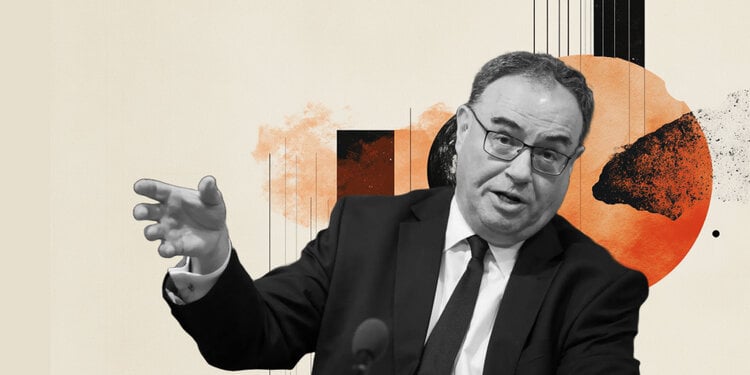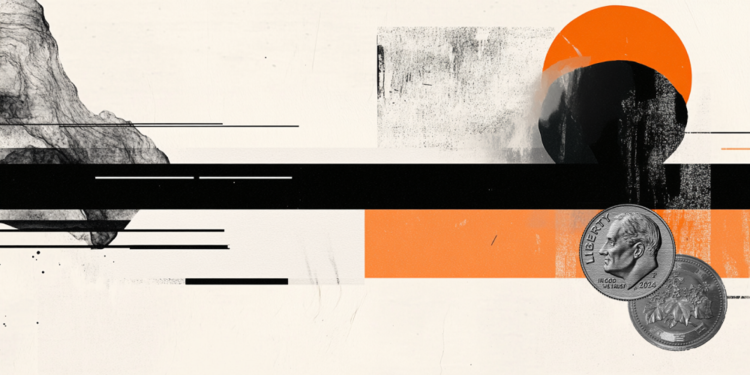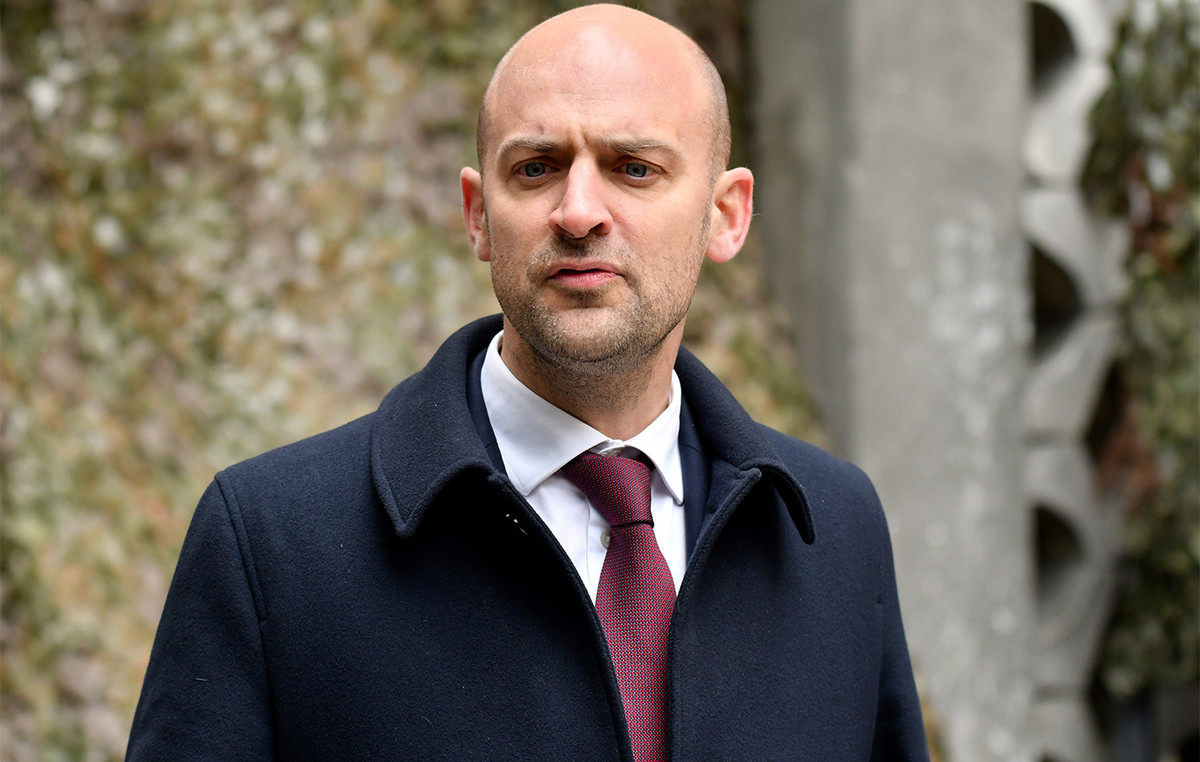About 30,000 soldiers from partner countries and NATO allies (North Atlantic Treaty Organization) began, on Monday (14), a series of military exercises in Norway, as part of the so-called Cold Response 2022 (Cold Response 2022, in English). The activity is regular and takes place every year in Norway, but, according to experts, it can now be seen as “a warning sign” on the part of NATO, at a time of great tension in Europe, with the invasion of Ukraine as a Background.
After all, what is this military operation and why is it happening now in Norway? How will Russia interpret this exercise?
The former ambassador of Portugal to NATO, Martins da Cruz, and Colonel José Henriques explain to the CNN Portugal what is the reason for this exercise?
What is NATO’s Cold Response?
It is a series of military exercises that bring thousands of soldiers to Norway – around 30,000, in this case – from NATO allied and partner countries with the aim of testing their ability to work together in adverse weather conditions, with temperatures negatives, ice and snow. These exercises, which began on Monday, and which continue until April 1, include the three branches of the Armed Forces – air, land and naval – and involve 200 aircraft and around 50 ships.
On its official website, NATO explains that the practice of these joint exercises makes it possible to identify what works and what needs to be improved to ensure an effective response to any threat or crisis. It is not a military operation with offensive purposes, but a training one.
Why in Norway?
According to the former ambassador of Portugal to NATO, Martins da Cruz, it is not by chance that these exercises take place in Norway. “the country is very important for its observation centers in the arctic circle, which make it possible to observe the circulation of the Russian fleet and Russian submarines that leave through northern Norway towards the North Atlantic.”
In addition, he added, “of the three Nordic countries that pass through the Arctic Circle [Noruega, Suécia e Finlândia]Norway is the only one that is a member of NATO”, so it is natural that the alliance uses this territory to “train its forces in a cold and hostile climate”.
In fact, Norway has hosted NATO military exercises since the early 1950s. As you can read on NATO’s official website, over the last few decades, “Norway has helped allies and partners [da Otan] learn to work together in their rugged northern terrain”, with Cold Response taking place for the first time in 2006.
Warning sign or a “provocation” from NATO?
Despite being a regular exercise, which, according to NATO, takes place twice a year in Norway, on this occasion it can be interpreted as “a warning signal” addressed to Russia by the treaty countries. This is how Colonel José Henriques interprets this exercise, rejecting the idea of a “provocation” on the part of NATO.
“It could be a warning, that [a Otan] is on alert, but not more than that”, he argues. The expert rejects the idea that an escalation of military tension could result from this movement. “If you wanted to provoke [o presidente russo Vladimir Putin]they would do it in Denmark, Poland or Lithuania”, and not in Norway, a country that is very far from the lines of conflict with Ukraine.
Martins da Cruz also rejects the idea that this exercise could be seen as a provocation by NATO: “It is a regular exercise, which was already planned and which takes place every year, so it cannot be seen as a provocation.”
For the former ambassador of Portugal to NATO, “it is a signal that the NATO countries send to Russia saying that, despite what is happening and the additional forces that we are sending to the countries that border Ukraine and Russia, we continued with the exercises that were already planned, especially this one, which is to prepare for possible Russian aggression in a hostile climate”.
Putin’s focus is Ukraine, but he has to think about the next day
Henriques says he believes that Russia’s “great concern” at the moment is Ukraine, thus rejecting the focus of tension in another country, something that has been a cause for concern, especially given the advance of Russian troops towards the border with the European Union.
But “even if Putin solves the problem in Ukraine, he will always have the next day,” added the expert on Ukrainian resistance. For Henriques, it will not make Russia’s life in the country easier. And it is in this scenario that the expert talks about the eventual “fall of Putin”.
“Imagine the following scenario: Ukraine is forced to capitulate because the president [Volodymyr Zelensky] does not want a massacre to take place, and goes into exile, along with his government. In his place, he goes to Ukraine a puppet government, under the orders of Moscow. This government is not accepted by the Ukrainian people, who, supported by us, will continue to wage war against the Russians,” he says.
Henriques adds that, for the government not to fall the next day, Putin has to keep thousands of men in Ukraine to protect him. “And this is a situation that, with wear and tear, could lead to Putin’s downfall.”
Russian troops advance
Russia has been advancing through Ukraine since February 24. Currently, it has managed to advance through the southern regions – up through the Crimea and the Sea of Azov – and east, from the breakaway regions of Luhansk and Donetsk. The Russians, however, were unsuccessful in their attempt to capture the port city of Mariupol, where the days-long siege causes a lack of water and fuel.
Two other points of Ukrainian resistance are Mikolaiv and Odessa, also to the south. Odessa is a very important port city, giving access to the Black Sea. Without conquering Mikolaiv, it has not yet been possible to advance into this region by land.
The invading army also advanced through the northern part of Ukraine, although it also did not achieve any conquest of more significant cities in the region. Kharkiv, the country’s second-largest city, for example, suffers from intense bombing but remains under Ukrainian control.
Photos taken on Monday show damage in Mariupol. Satellite imagery offers the only view of the latest destruction in the city.
The Mariupol Regional Intensive Care Hospital in the Zhovteneyvi district has a hole in the south facade of the building, while debris is also strewn outside.
It is unclear which side is responsible for the damage at the hospital. Near the hospital building, several apartment complexes appear to have been significantly damaged, with one apparently sustaining visible fire damage.
About a kilometer to the south, in the Primorskyi neighborhood, several houses are seen in flames after an apparent military attack. Nearby apartment complexes also suffered damage, while other homes in a residential area in the city center are also facing concerns.
Russian missile in NATO territory?
It is not impossible that Russian missiles could reach NATO territory, but it is very unlikely, British Health Minister Sajid Javid said on Monday, adding that the alliance would respond if that happened.
Asked about the possibility of Russian missiles hitting NATO territory after an attack on a Ukrainian military training base near Poland, Javid told BBC Radio: “It’s not impossible, but I still think at this stage it’s very unlikely.”
“We made it very clear to the Russians, even before this conflict started, even if a single Russian toe cape enters NATO territory, then it will be considered an act of war.”
The Russians want Ukraine to change its constitution to safeguard neutrality (outside NATO), in addition to considering Crimea as Russian territory and recognizing the breakaway republics of Donetsk and Lugansk as independent territories.
Source: CNN Brasil
I’m James Harper, a highly experienced and accomplished news writer for World Stock Market. I have been writing in the Politics section of the website for over five years, providing readers with up-to-date and insightful information about current events in politics. My work is widely read and respected by many industry professionals as well as laymen.







